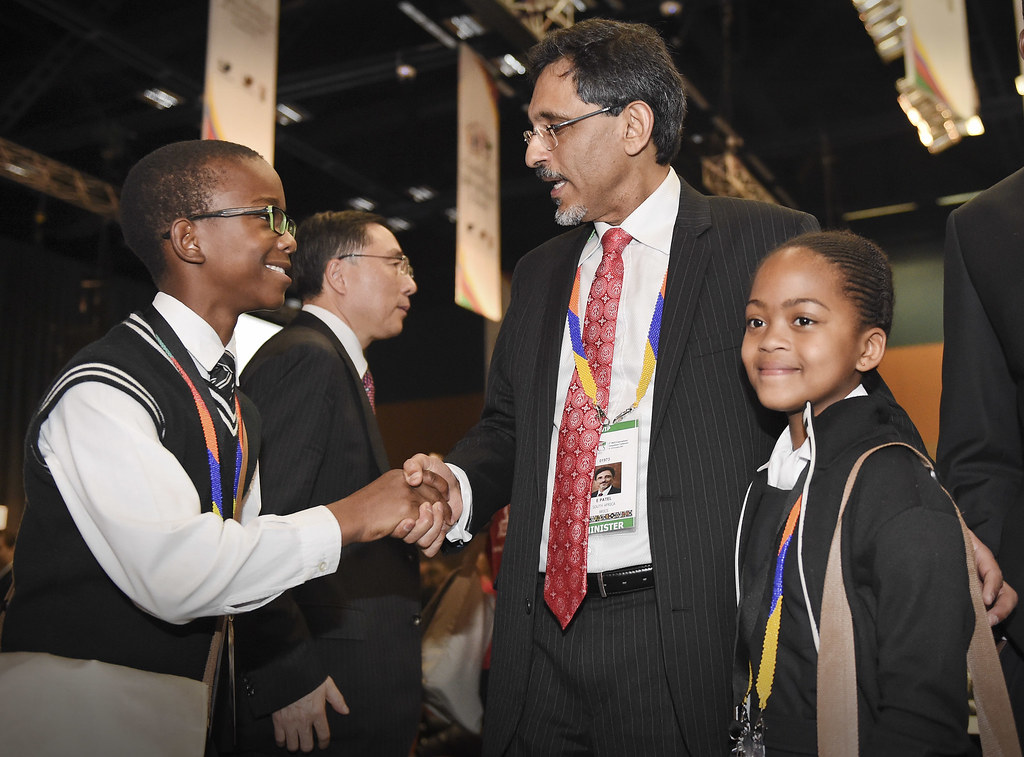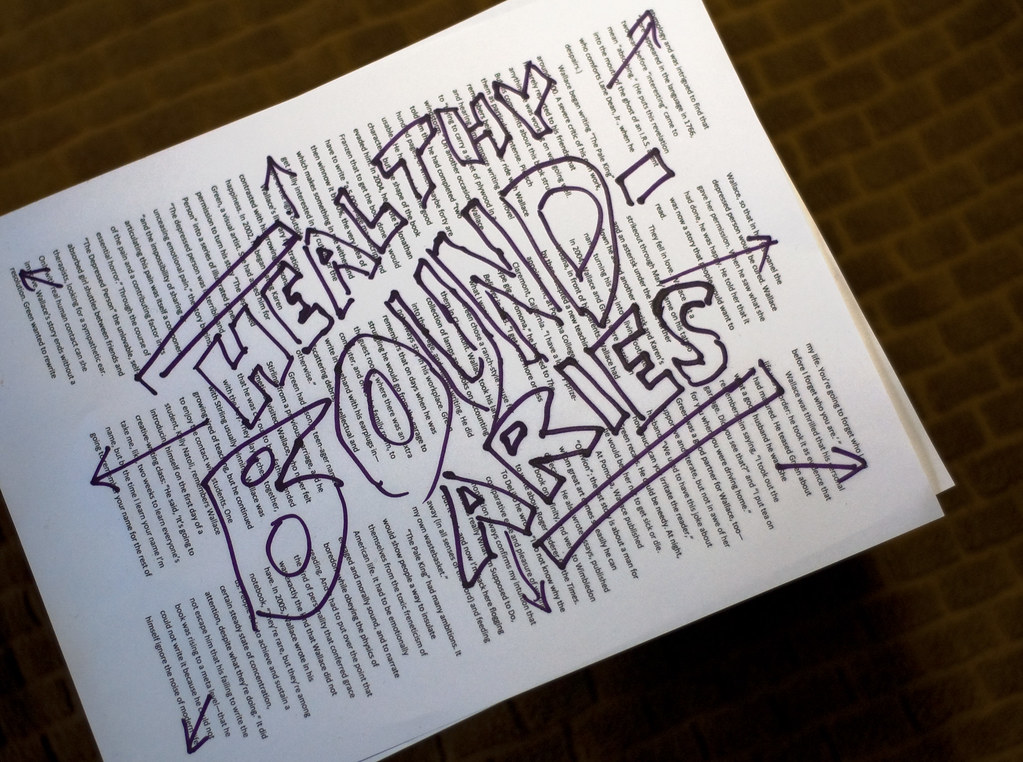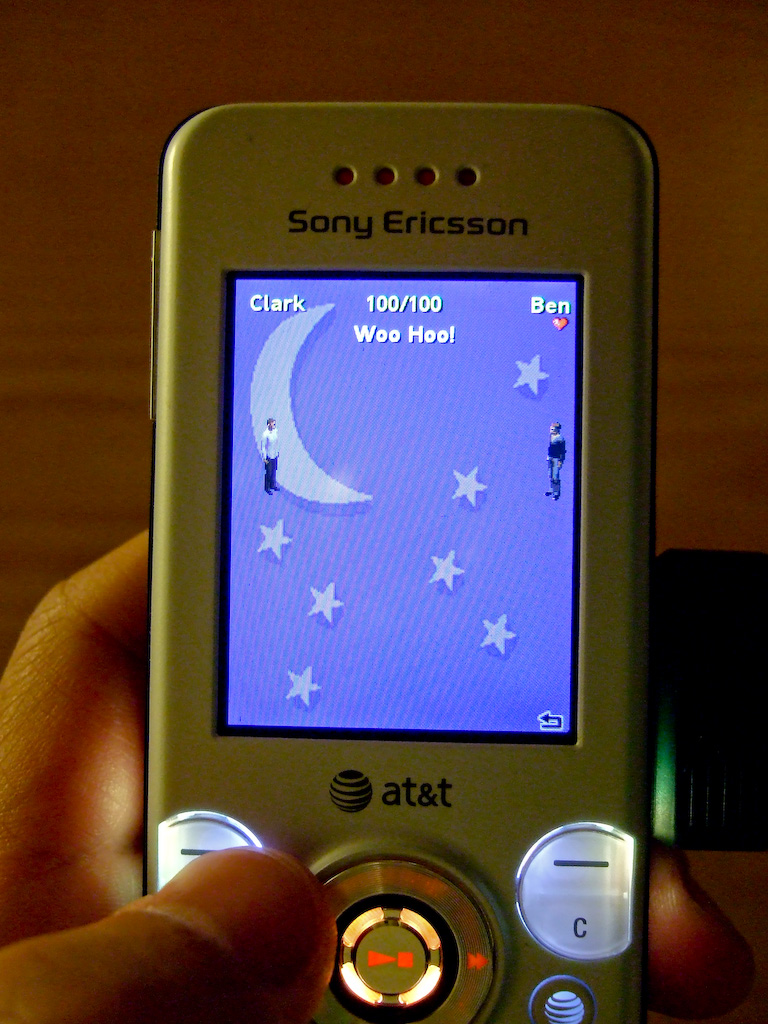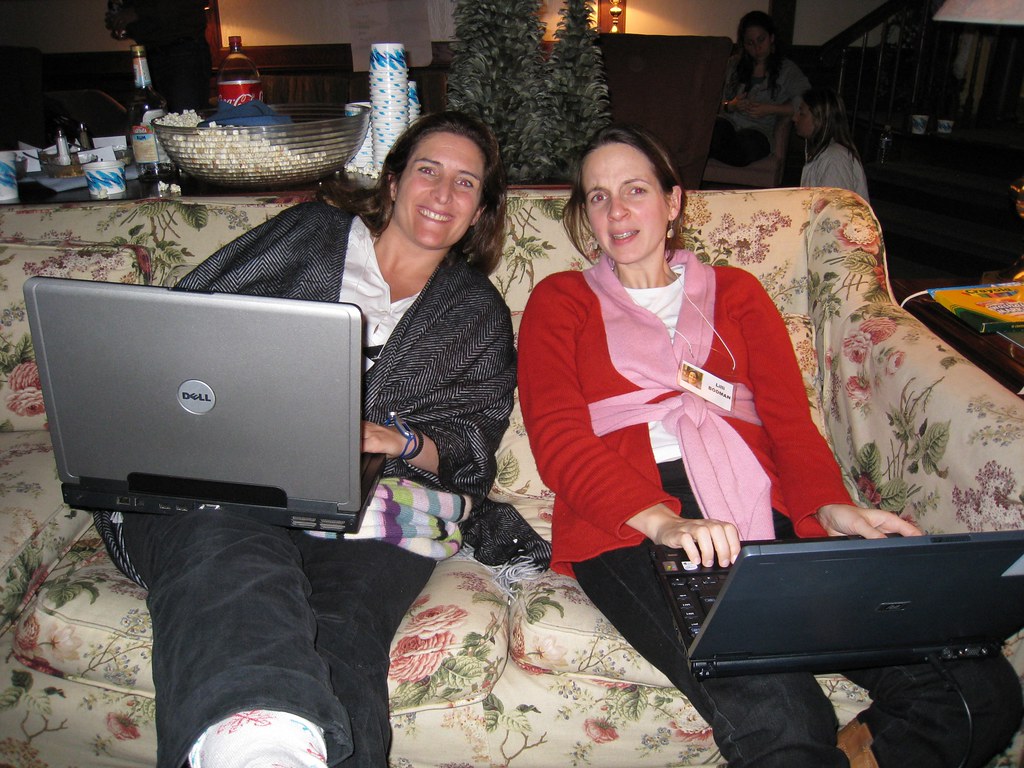
The digital world, much like real life, is a fascinating tapestry woven with threads of different generations, each bringing its unique flavor, quirks, and sometimes, eye-rolls. If you’ve spent any time online lately, especially scrolling through TikTok, you’ve probably stumbled upon the delightful, often hilarious, but undeniably real cultural clash between Millennials and Gen Z. It’s a phenomenon that has social media buzzing, with millions of views on posts that simply point out the differences in how these two seemingly close generations navigate everything from digital purchases to workplace etiquette.
Remember Davide De Pierro’s viral TikTok post? The 37-year-old from New Jersey hit a surprising nerve when he observed that “younger people are far too comfortable making major purchases on their smartphones,” confidently declaring that a plane ticket is absolutely a “laptop purchase.” This seemingly small observation quickly illuminated a vast generational divide: Millennials, born between 1981 and 1996, often relegate smartphones to quick tasks, while “big internet” activities like significant financial commitments are reserved for laptops. Gen Z, born between 1997 and 2012, sees no such boundary, happily researching, booking, and paying for everything from lunch to an entire vacation on their mobile devices.
But it goes beyond just shopping device preferences. While Millennials and Gen Z might seem only a few years apart, culturally, they often feel worlds away, and their styles can clash in ways that genuinely irk each other. We’ve gone digging through the digital archives to uncover some of the most talked-about millennial behaviors that have Gen Zers collectively saying, “Ugh, that’s a bit much,” or even, “That’s a millennial ick!” So, grab your favorite screen, because we’re about to explore the first six things Millennials do that are absolutely driving Gen Z wild.

1. **Ominous Punctuation**Let’s kick things off with something seemingly innocuous but profoundly impactful in the digital realm: punctuation. For Gen Z, the seemingly simple use of a period or an ellipsis by a Millennial can carry a disproportionate weight of dread. Ethan Hillis, a TikTok creator, perfectly summed it up as the “dot-dot-dot or period of doom.” Imagine getting a message that simply says, “Sure…” or “Thanks.” – suddenly, a perfectly neutral statement feels loaded with passive-aggression or the implication that you’re somehow in deep trouble, leaving you to wonder what you did wrong.
This isn’t just about grammar; it’s about the emotional subtext that different generations apply to digital communication. For many Millennials, a period might simply indicate the end of a sentence, a conventional habit carried over from formal writing. However, in the rapid, informal cadence of instant messaging that Gen Z has grown up with, a period can feel sharp, abrupt, and even confrontational, signaling a finality or a terse tone that doesn’t always align with the breezy, often period-less conversational style of younger digital natives.
The ellipsis, that trio of dots, is another major offender. While Millennials might traditionally use it to indicate a pause or an unfinished thought, Gen Z often interprets it as a sign of judgment, disapproval, or unspoken disappointment. It creates an aura of suspense, leaving the recipient to agonize over what unsaid criticism or negative sentiment looms behind those three little dots. It’s a tiny detail, but in a world where tone is often lost in text, these punctuation choices become magnified, leading to unnecessary stress and frantic re-reading.
This truly highlights a subtle but significant shift in digital etiquette and linguistic interpretation. Gen Z has developed a communication style that values efficiency, often preferring emojis, GIFs, or casual slang to convey tone and emotion, making traditional, formal punctuation feel not just outdated but sometimes even a little aggressive. For them, clarity comes from directness and a lighter, more fluid touch. It’s a hilarious and relatable “ick” that profoundly underscores how much can be lost, or gained, in translation across generations online.

2. **Over-Emphasis On Appearances (Aesthetic Culture)**Next, we dive into the meticulously curated world of aesthetics, where Millennials and Gen Z often find themselves on vastly different wavelengths. As TikTok creator Madeline Kerestman candidly points out, while Gen Z is “guilty of this as well,” many younger individuals feel Millennials have taken the “need to make everything aesthetic” to an entirely different, almost performative level. It’s not just about looking good; it’s about the relentless pursuit of the perfectly framed and filtered online image for public consumption.
This tendency often subtly shifts focus away from genuine, immersive experiences. Kerestman suggests Millennials might be “more prone to focus on getting a good Instagram or Snapchat story” rather than truly “listening to their favorite artist at a music festival or sharing a drink with friends at brunch.” The implication is clear: the real-life experience can become secondary to its meticulously crafted digital representation. Value isn’t just in living it, but in ensuring it looks picture-perfect for the online feed.
Gen Z argues this intense emphasis inadvertently fuels a culture of “living vicariously through social media,” rather than fully immersing oneself in authentic interactions. The constant desire for a flawlessly presented online persona can tragically overshadow the raw, unpolished beauty of everyday life. For Gen Z, often more attuned to authenticity and less concerned with maintaining an idealized online facade, this relentless striving for aesthetic perfection can feel exhausting, disingenuous, and overly staged.
This truly speaks volumes about how each generation internalized social media’s influence. Millennials were digital pioneers, figuring out the rules of online self-presentation as platforms evolved. Gen Z, born directly into this hyper-connected world, perhaps has a more intuitive, less overtly performative approach. Their “aesthetic” is less about perfect staging and more about genuine expression. This divergence creates a classic generational head-scratcher.

3. **Passive-Aggressive Lingo**Hold onto your seats, because this next one is a classic workplace gripe that resonates deeply with Gen Z: the dreaded “passive-aggressive work lingo” seemingly favored by some Millennials. Ethan Hillis didn’t mince words, declaring, “‘Per my last email,’ ‘gentle nudge,’ ‘circling back’ … all of it stresses me out instantly.” For anyone navigating the modern digital workplace, who can blame him for feeling that sudden wave of dread?
These are the quintessential corporate euphemisms embedded in professional communication, often employed to soften direct criticism or discreetly remind someone of a forgotten task without explicitly being rude. However, for a generation that highly values directness and transparency, these veiled messages can feel incredibly disingenuous and, as Hillis states, “stressful.” The perceived politeness, rather than easing communication, creates an additional layer of ambiguity and discomfort, forcing Gen Zers to constantly read between the lines.
“Per my last email” is a prime example, often deployed when information has already been provided but overlooked. While meant as a subtle prompt, it can easily come across as condescending or impatient, implying the recipient wasn’t paying attention. Similarly, a “gentle nudge” can feel anything but gentle, especially when it’s about a missed deadline or an unprogressed task. It’s a complex linguistic dance that Gen Z seems genuinely eager to skip entirely.
This difference in communication style underscores a broader generational approach to the professional environment. Millennials may have adopted these phrases to navigate corporate hierarchies and maintain decorum. Gen Z, however, prefers a more straightforward, no-nonsense approach, believing clear, direct communication fosters a more efficient, collaborative, and less anxiety-inducing workplace. It’s a compelling clash of communication cultures.

4. **Getting Competitive Around Generations**Here’s an observation striking at the heart of the generational divide: the tendency for some Millennials to turn discussions about shared societal challenges into an unnecessary generational competition. Digital marketer Ayana Williams articulated this, stating, “Making conversations about economic problems millennial vs. Gen Z instead of realizing we’re all struggling, and different times had their own unique problems.” This sentiment is echoed by Lavinia Gabriele, who questions, “Why is this a competition? Why are we battling between generations?”
Gabriele further elaborates on the feeling that Millennials are “constantly comparing their generation and saying things like, ‘Oh you guys have it so easy. Back in my day …’” This perspective suggests that while Millennials faced formidable challenges, turning every conversation into a “who had it harder” contest frustrates Gen Z. They acknowledge Millennials “went through a really difficult period,” but insist “Gen Zers are going through a lot of different challenges that the previous generation didn’t go through too.”
The context supports shared struggles: “just over 20 percent of both groups were concerned about affording day-to-day expenses due to global financial concerns, i.e., inflation, in 2023.” While “the number of Gen Z shoppers willing to budget carefully due to these concerns was much lower compared to millennials,” the underlying financial worry is present across both. This shared anxiety should foster solidarity, not competitive comparisons.
This millennial behavior highlights Gen Z’s desire for empathy and collaboration across age groups when facing large-scale issues. Instead of framing challenges as unique burdens, Gen Z advocates for a unified front, recognizing that collective problems require collective understanding and solutions. It’s a call for mutual respect and a move away from divisive generational one-upmanship.
Read more about: Gone But Not Forgotten: 15 Manual Transmissions We Miss (and a Few That Are Still Kicking) in a Fast-Paced World

5. **Lack Of Boundaries**The concept of boundaries, particularly within the often blurred lines of the modern workplace, is another significant point of contention for Gen Z. Lavinia Gabriele observes, “I’ve noticed that a lot of millennials don’t have a lot of boundaries at work.” This can manifest in two key ways: ill-defined work hours implying constant availability, and an unfortunate tendency to delve into deeply personal questions. For Gen Z, this casual blurring of distinctions between professional and personal spheres can be a major source of stress and intrusion.
The expectation of being perpetually “on at all times,” whether through late-night emails or weekend texts, directly conflicts with Gen Z’s growing emphasis on a healthy work-life balance. If work hours bleed into personal time, it creates an environment where true disconnection and rejuvenation are difficult. This constant state of readiness contributes to burnout, an issue Gen Z appears notably more proactive in trying to avoid. They value clearly delineated work periods, expecting personal time to be respected and undisturbed.
Furthermore, Gabriele points out that the inclination of “Millennials are a lot more open with their thoughts” can unfortunately lead to them “ask[ing] really personal questions about your life when maybe I don’t want you to know about it.” While this openness might genuinely stem from a desire to foster a more friendly work environment, Gen Z frequently interprets it as an uncomfortable invasion of privacy. They prefer to maintain professional interactions as precisely that – professional – choosing when and how much personal information to share.
This generational difference speaks volumes about evolving workplace culture. Millennials may have adopted their openness to humanize the workforce. Gen Z, however, is actively advocating for clearer, firmer lines and boundaries, pushing for respect for individual privacy and a healthier separation of work and personal identity. They believe professionalism can, and should, coexist harmoniously with strong, respected boundaries.
Read more about: Decoding the Wires: 5 Cars That Become Electrical Gremlins and 5 That Stay Bulletproof for Years

6. **Inability To Relax Until Things Are Fully Completed**Wrapping up our first half of Millennial “icks,” we encounter a pervasive cultural mindset that Gen Z finds particularly taxing: the intense “hustle culture” and the deeply ingrained “inability to relax until things are fully completed.” Angel Aileen, a member of The Z Suite, articulates this observation, saying, “I feel that sometimes there is a very strong hustle culture where millennials feel they are always ‘in the trenches’ and life is about surviving rather than experiencing.” This outlook often paints success as a constant battle, rather than a journey.
Aileen observes a distinct difference in how these two generations approach new projects or challenges. While Gen Z is certainly ambitious, she notes that “the millennials on my team are like, ‘Oh, my god. How do we survive through this?’ ― while the Gen Zs are a bit more relaxed and moving through it.” She clarifies, “It doesn’t mean we don’t care. We’re still going to power through.” The fundamental difference lies in the *approach* and the underlying stress levels associated with the entire process.
This deep-seated anxiety about completion and constant striving often extends beyond the workplace. Aileen mentions friends and family who are Millennials who “tend to get really stressed out about planning certain things. Until the plan has reached a certain stage of being completed, they’re super stressed out.” This suggests a broader characteristic: a high level of anticipatory stress and a significantly diminished capacity for genuine enjoyment or relaxation until every detail has reached its final stage. The journey itself can become overshadowed by the overwhelming pressure of the destination.
The contrast here powerfully reveals Gen Z’s inclination towards a more process-oriented, present-moment mindset. They see navigating challenges as an inherent part of the experience, where acute stress doesn’t necessarily need to be the default emotional setting. While some Millennials might feel a constant need to be “in the trenches” to prove their worth, Gen Z seems to strongly advocate for a more balanced approach. They believe in powering through, but perhaps with a slightly more relaxed grip, allowing for more presence and less overwhelming anxiety along the path to completion.
Alright, so we’ve already navigated through the digital minefield of ominous punctuation and the quest for peak aesthetics. But hold onto your hats, because the generational rollercoaster isn’t slowing down! As we zoom into the second half of our deep dive, prepare to uncover more of those wonderfully baffling millennial habits that are totally perplexing — and sometimes even stressing out — Gen Z. From communication quirks that feel like reading a novel to pop culture obsessions that just don’t click, let’s explore the remaining six things that highlight just how delightfully different these two generations truly are.
Read more about: Beyond the Hashtag: 12 Crucial Things Psychologists Say You Should Always Keep Private for Your Well-being

7. **Overwhelming Communication**Ever open a chat message and feel like you’ve just been handed a novella? Yeah, that’s a millennial communication style that sometimes sends Gen Z into a spiral. Ethan Hillis didn’t hold back, saying, “Slack novels. A whole LinkedIn-style essay in a quick chat app? I can’t.” We totally get it – quick chats are for quick chats, not your life story or a detailed quarterly report.
And it’s not just the length; it’s the *style* too. Lavinia Gabriele points out the millennial tendency to “send like a lot of emojis, like a million emojis.” While emojis are fun, an excessive amount can actually dilute the message or just feel a bit… much. It’s like too many sprinkles on an already delicious cupcake – sometimes less is more when you’re trying to convey a clear thought.
Then there’s the curious case of the screenshot! Gabriele also mentions Millennials who “screenshot a meme and text it to you, instead of sending it to you directly in the app. And then the meme isn’t that funny…” Ouch! This highlights a digital fluency gap. Gen Z often expects seamless sharing and native content, so a clunky screenshot of something that doesn’t quite land just adds another layer to the communication confusion. It’s a small thing, but it perfectly illustrates the different digital etiquettes.
Ultimately, Gen Z often values efficiency and directness in their digital interactions. They’re all about getting to the point, conveying tone quickly, and using native features for sharing. So, when a message arrives laden with paragraphs, excessive emojis, or a poorly shared meme, it can feel less like communication and more like a digital obstacle course. It’s a hilarious, yet relatable, communication clash that probably has many Gen Zers sighing over their phone screens.
Read more about: Rev Up Your Restoration Dreams: 15 Classic American Cars That Are More Affordable to Bring Back to Life Than You Think

8. **The Millennial Pause**Okay, this one is pure internet gold, and if you’ve scrolled through any video content, you’ve definitely seen it. We’re talking about “The Millennial Pause” – that tiny, almost imperceptible delay some Millennials have at the beginning of their video recordings before they start speaking. Ayana Williams hilariously nailed it: “The millennial pause at the start of videos. They can just cut that part out.” And honestly, we agree!
It’s a phenomenon born out of a slightly older tech habit. Back in the day, when you hit record, you’d often wait a beat to ensure the recording actually started before launching into your monologue. It was a practical, if slightly awkward, pre-digital-native tic. But in the lightning-fast, cut-to-the-chase world of Gen Z content creation, that pause feels like an eternity.
For Gen Z, who are masters of snappy edits and immediate engagement, those extra few seconds are prime real estate that could be used for, well, anything else! They grew up with phones that instantly record and editing tools that make trimming seconds off the start of a video as easy as breathing. So, a deliberate pause just feels… unnecessary, a remnant of a bygone era of clunkier tech.
This “ick” is a perfect example of how technology shapes behavior and expectations. What was once a sensible habit for Millennials is now a quaint, slightly irritating quirk for Gen Z, who prioritize seamless, immediate content. It’s a tiny detail that makes a big impact on how “native” a video feels to a Gen Z audience, and it’s definitely one of those things you can’t unsee once you know about it!
Read more about: The Quiet Revolution: 11 Intimate Indie Films Resonating Deeply in 2025’s Streaming Landscape

9. **Work-Life Balance Overload**Now, this is a spicy take, but it’s one that resonates with some Gen Zers, especially those in demanding fields. While everyone loves a good work-life balance, Madeline Kerestman articulated a Gen Z concern: Millennials might “lean a little too far into the ‘work-life balance’ mindset.” For her, a med student, the “work hard, play hard” mentality is key, and she believes that while balance is important, “it should never be used as a way to do the bare minimum.”
Kerestman suggests that the millennial generation “introduced this mentality and took it to another level,” which, in her view, “has normalized using ‘boundaries’ as an excuse to cut corners.” This perspective highlights a nuanced difference: while Gen Z is incredibly passionate about setting boundaries, they also seem to value genuine effort and ambition. They want to work smart, but not necessarily avoid hard work when it’s genuinely needed.
This isn’t about rejecting boundaries outright; it’s about how they’re applied. Gen Z often sees boundaries as a tool for sustainable productivity and mental well-being, not as a shield to justify less engagement or effort. They recognize that some periods require intense focus and dedication, and they’re willing to put in the work, provided it’s balanced with respect for personal time.
It’s a fascinating inversion of what many might expect. While Millennials are often credited with popularizing the modern work-life balance movement, some Gen Zers are now pushing back, advocating for a balance that still prioritizes high performance and avoids the perception of simply doing the minimum. It’s a conversation that definitely sparks debate and shows how workplace values continue to evolve.
Read more about: The Daily Habits That Empower 12 Successful Female CEOs for Peak Mental Clarity

10. **Taylor Swift Obsession**Alright, Swifties, take a deep breath, because this last one might sting a little. We’re closing out our list with a pop culture phenomenon that, for some Gen Zers, has simply gone into overdrive: the intense “Taylor Swift Obsession.” Madeline Kerestman, brave soul that she is, prefaced this by saying, “This is 100% a personal preference, and I know I might get some backlash for this!” You said it, girl!
Kerestman candidly admits, “For some reason, I feel like I associate the millennial generation with the ‘Swiftie’ fanbase.” She acknowledges that “Taylor Swift is iconic and such a talented artist,” but where the “ick” comes in is the intensity: “However, I think her fans take it to an unnecessarily intense level, and I just don’t understand the hype.” This isn’t about disliking Taylor Swift; it’s about the perceived *level* of devotion.
For a generation immersed in diverse artists and constantly discovering new sounds, the sheer, all-encompassing nature of some Swiftie fandom can be a bit bewildering. Gen Z appreciates passion, but perhaps the almost religious fervor around a single artist, particularly when it’s so strongly associated with an older generation, can feel a bit… much. It’s a humorous peek into how different generations latch onto and express their musical idolatry.
So, while Millennials might be trading friendship bracelets and dissecting every lyric, some Gen Zers are watching from the sidelines, scratching their heads and wondering if it’s *really* that deep. It’s a testament to the cultural divides that even something as universally beloved as pop music can reveal the subtle, and sometimes not-so-subtle, differences between these two captivating generations.
Read more about: Seriously, What Happened? 13 Once-Favorite 4x4s That Off-Roaders Now View With Suspicion (And Why!)
And there you have it! Twelve ways Millennials are unknowingly, or perhaps knowingly, driving Gen Z absolutely wild. It’s a hilarious, sometimes frustrating, but always fascinating look into the quirks and communication styles that define these two powerful generations. Whether it’s their digital habits, workplace etiquette, or even their pop culture passions, the millennial-Gen Z dynamic continues to evolve, keeping us all on our toes. So next time you spot a period of doom or a millennial pause, just remember: it’s all part of the glorious, chaotic tapestry of generational differences that make life, and the internet, so incredibly entertaining. Keep scrolling, keep laughing, and maybe, just maybe, try to understand each other’s ‘icks’ just a little bit more! We’re all in this wild world together, after all.



